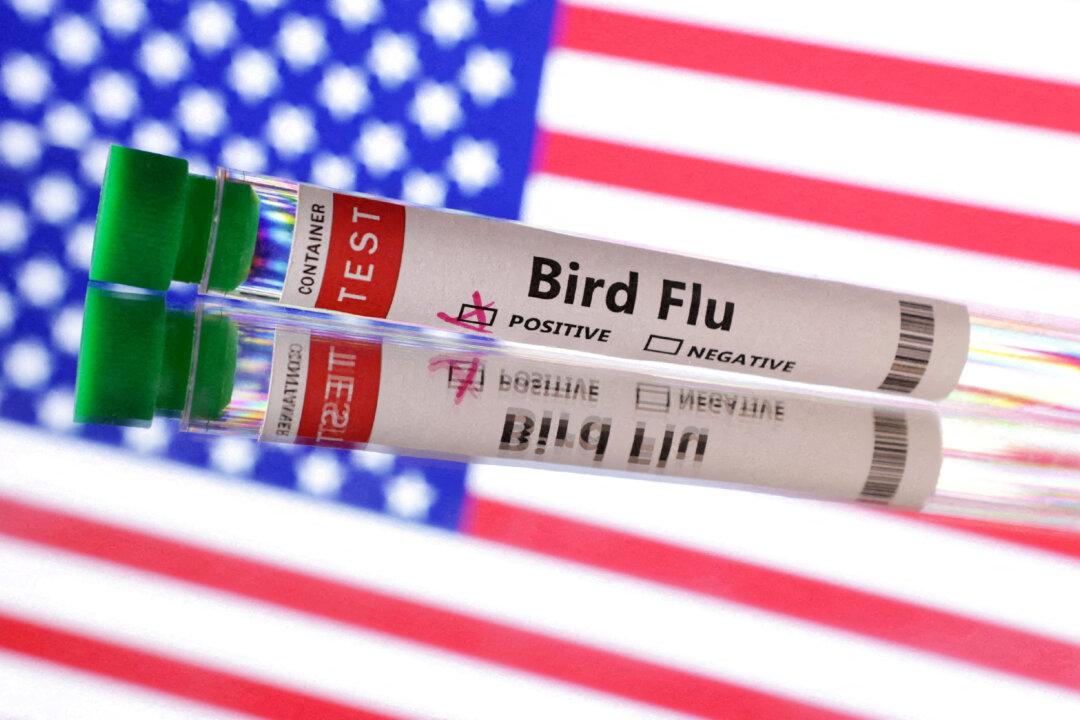Hawaii has reported an avian influenza outbreak among domesticated birds, joining a number of other U.S. states that have seen millions of birds infected over the past weeks.
The outbreak of highly pathogenic avian influenza (HPAI)—commonly known as bird flu—was discovered among non-poultry birds in Honolulu County, the Animal and Plant Health Inspection Service (APHIS) said in a Nov. 18 statement.





